Running a steel or wire operation in a place like Indonesia presents a unique set of challenges. I’ve seen it firsthand. You invest heavily in top-tier production equipment, only to watch your packing line—the final, critical step before your product meets the customer—get eaten alive by the environment. The relentless humidity and salty air don't just cause a bit of surface rust; they infiltrate electrical cabinets, seize bearings, and degrade components, leading to unexpected downtime. This isn't just an inconvenience. It's a direct threat to your productivity, your product quality, and your bottom line. You start to wonder if any machine can truly stand up to such a demanding climate.
A tropical-ready packing line withstands Indonesia’s humidity and corrosion risks by using a combination of corrosion-resistant materials, protective engineering designs, and proactive climate control. This involves building the machine with stainless steel and hot-dip galvanized components, sealing all electrical and mechanical systems with high IP-rated enclosures and specialized lubricants, and designing the structure to prevent moisture accumulation. This integrated approach ensures long-term reliability by fighting corrosion from the inside out.
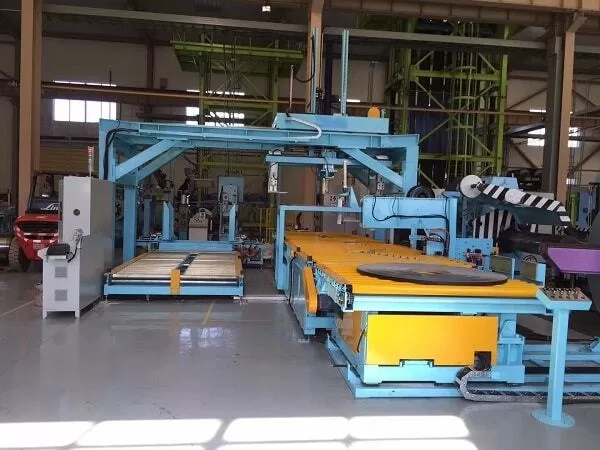
I have spent my entire career in the packing machine industry, from my early days on the factory floor to building my own company, SHJLPACK. This journey has taught me a crucial lesson: a machine is only as good as its environment allows it to be. Or, more accurately, a great machine is one that is engineered to master its environment. For clients in tropical regions like Indonesia, the conversation isn't just about wrapping speed or capacity. It’s about survival. It's about ensuring that the investment you make today continues to pay dividends for years, not months. Let's break down exactly how we build a packing line that doesn't just survive, but thrives in these tough conditions.
What Specific Materials and Coatings are Essential for a Tropical Environment?
You’ve specified and installed a new packing line. It looks great and runs perfectly for the first few months. Then, the first signs of trouble appear. Small orange spots of rust start bleeding through the paint on the machine frame. A critical sensor mount, once shiny, is now dull and corroded. You’re facing a constant battle against decay, and the standard-issue painted steel is clearly losing. This slow degradation creates a cycle of reactive maintenance, where you're always patching problems instead of preventing them. The core issue is that the machine wasn't built to fight a war on a molecular level, but in a tropical climate, that’s exactly what it is.
For a tropical environment, the most essential materials are stainless steel (grades 304 or 316) for all critical and product-contact parts, and hot-dip galvanized steel for the main structural frame. These are then supported by advanced multi-layer coating systems, like marine-grade epoxy or polyurethane, on any non-critical carbon steel components. This combination creates a layered, robust defense that actively resists moisture and salt penetration, forming the foundation of a durable, long-lasting machine.
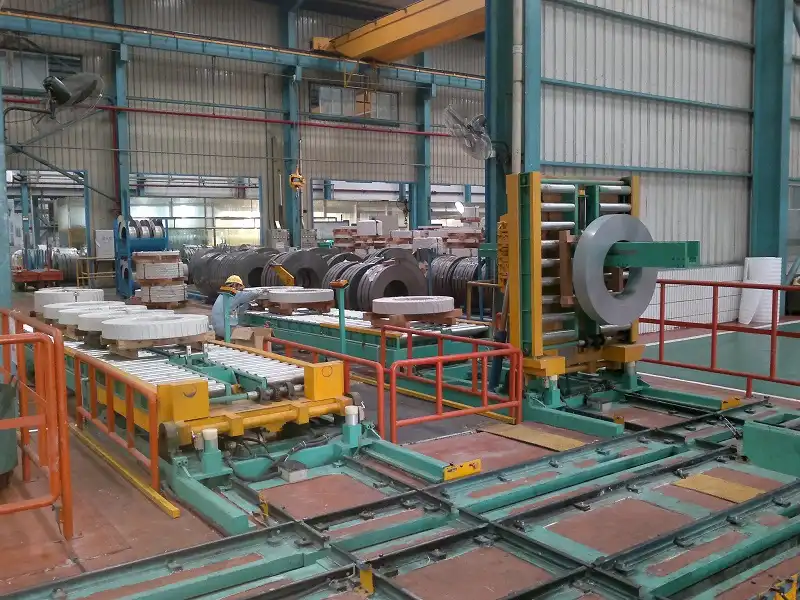
When I first started supplying machines to Southeast Asia, I learned a hard lesson. A standard machine, one that would last for twenty years in a dry European climate, would show significant signs of corrosion within two years in coastal Indonesia. It became clear that simply adding a thicker layer of paint was like putting a bandage on a serious wound. We had to rethink the machine from its very bones. This meant looking at the materials themselves.
The Foundation: Structural Steels
The main frame of a packing line is its skeleton. If the skeleton corrodes, the entire machine's integrity is compromised.
- Hot-Dip Galvanization: This is our go-to solution for the main frame. Unlike painting, which is just a surface layer, hot-dip galvanizing creates a metallurgical bond between the steel and a layer of zinc. This zinc coating is incredibly tough. More importantly, it provides "sacrificial protection." If the coating gets scratched, the zinc around the scratch will corrode first, protecting the steel underneath. It’s an active defense system.
- Coated Carbon Steel: For some non-structural or less-exposed parts, a high-performance coating system is a viable option. But this isn’t your average paint job. The process is meticulous. First, the steel surface is prepared, often by sandblasting, to create a clean, rough profile for the coating to grip. Then, a zinc-rich primer is applied, followed by an epoxy mid-coat for thickness and barrier protection, and finally, a polyurethane topcoat that resists UV light and chemical exposure. This multi-layer system is the same type used on offshore oil rigs and ships.
The Contact Points: Stainless Steel
Any part that touches your product, guides the packing material, or is a critical moving component needs to be immune to rust. Rust on the machine can transfer to your steel coils, which is completely unacceptable.
- Stainless Steel (Grade 304): This is a great general-purpose choice for rollers, guides, and protective plates. It has excellent corrosion resistance in most environments.
- Stainless Steel (Grade 316): When a facility is near the coast, salt in the air is a major problem. The chloride ions in salt can cause pitting corrosion even in 304 stainless steel. Grade 316 contains molybdenum, an element that significantly increases its resistance to chlorides. For clients in coastal areas of Indonesia, we often specify 316 for the most critical components, even if it comes at a higher cost. It's an insurance policy against premature failure.
| Material | Corrosion Resistance | Initial Cost | Maintenance Needs | Best Application |
|---|---|---|---|---|
| Standard Painted Steel | Low | Low | High (Repainting) | Not recommended for tropical environments |
| Hot-Dip Galvanized Steel | High | Medium | Very Low | Main machine frame, structural supports |
| Stainless Steel (304) | Very High | High | Very Low | Rollers, guides, tabletops, non-coastal areas |
| Stainless Steel (316) | Excellent | Very High | Very Low | Critical parts in coastal, high-salt environments |
| Multi-Coat System Steel | Medium-High | Medium | Low-Medium | Brackets, guards, non-critical components |
How Do You Protect Critical Electrical and Mechanical Components from Moisture?
The line suddenly stops. Your operators scramble to find the cause, and after 30 minutes of troubleshooting, they find it: a shorted-out proximity sensor or a seized conveyor bearing. The culprit? Moisture. It silently wicked its way past a faulty seal or condensed inside an electrical panel. In Indonesia's humid climate, this isn't a freak accident; it's a daily risk. These seemingly small failures are what kill your OEE (Overall Equipment Effectiveness). They create a constant state of uncertainty, making it impossible to meet production schedules and frustrating your entire team. You feel like your equipment is actively working against you.
To protect critical components from moisture, you must adopt a "seal and isolate" strategy. All electrical cabinets must be specified with a minimum of an IP65 rating, sealed with high-quality, durable gaskets, and often equipped with anti-condensation heaters. For mechanical parts, we use sealed bearing units packed with water-resistant grease, stainless steel chains, and pneumatic systems fed by compressed air that has passed through refrigerated or desiccant dryers. It’s about creating multiple barriers to keep moisture out of every sensitive system.
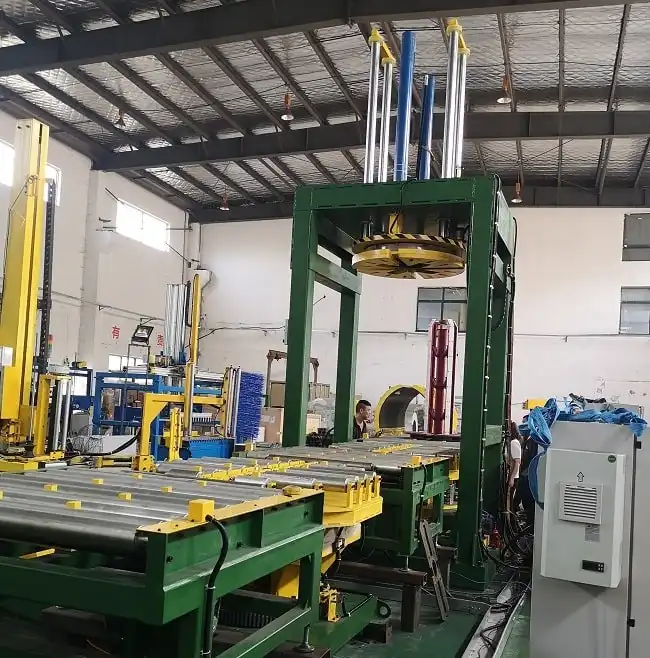
I learned this the hard way on one of my first international projects. We built a beautiful machine, strong and robust. But we used standard electrical cabinets. Within six months, the client was calling us about "ghosts in the machine"—random faults and PLC errors we couldn't replicate in our factory. We sent an engineer, and he found the inside of the main control panel was damp. Condensation was forming overnight and dripping onto terminal blocks and circuit boards. From that day on, protecting the "brains and nerves" of the machine became a top priority.
Shielding the Electrical System
The electrical system is the most vulnerable to humidity. A single drop of water in the wrong place can bring a multi-ton machine to a halt.
- IP Ratings Explained: The "IP" or Ingress Protection rating is a universal standard. The first digit rates protection against solids (like dust), and the second rates protection against liquids. An IP65-rated enclosure is completely dust-tight and can withstand water jets from any direction. This is our minimum standard for tropical applications. It ensures that even during high-pressure washdowns, the electronics inside remain perfectly dry.
- Gaskets and Seals: An enclosure is only as good as its seal. We use high-quality EPDM or silicone gaskets that won't become brittle or crack in high heat and humidity. Cheaper rubber gaskets can degrade quickly, creating invisible gaps for moist air to enter.
- Anti-Condensation Heaters: This is a simple but incredibly effective device. It’s a small heater inside the electrical cabinet connected to a thermostat. It works to keep the temperature of the internal air just a few degrees above the outside air temperature. This prevents the air inside from reaching its dew point, making it impossible for condensation to form. It’s a proactive defense against moisture from within.
Fortifying the Mechanical Systems
Moving parts have their own set of challenges with humidity.
- Sealed Bearings and Lubrication: Open bearings are a non-starter. We use sealed-for-life bearing units wherever possible. Critically, we specify them with high-performance, water-resistant grease. Standard grease can be "washed out" or degraded by moisture, leading to premature bearing failure.
- Chains and Drives: Standard steel roller chain will rust very quickly. We opt for coated chains or, in highly corrosive areas, stainless steel chains. While more expensive, they eliminate a major maintenance headache and a source of potential product contamination.
- Pneumatics: The compressed air that powers cylinders and actuators can be a hidden highway for water. If the main plant air isn't perfectly dry, water will condense inside pneumatic lines and valves, causing them to stick or corrode from the inside. We always insist that the air supply for our packing lines is fed through a dedicated air dryer to ensure it's clean and has a low dew point.
Can Smart Design and Climate Control Systems Extend a Packing Line’s Lifespan?
You have a packing line built with good materials and sealed components, but you're still fighting the environment. Your maintenance team spends hours cleaning and lubricating, but the humid, corrosive air is relentless. It feels like you're in a purely defensive battle, constantly trying to hold back the inevitable decay of your expensive asset. You're winning skirmishes, but you feel like you're losing the war against the climate. What if you could change the battlefield itself? What if the machine and its surroundings were designed to create a more favorable micro-environment?
Yes, smart design and climate control can dramatically extend a packing line's lifespan, shifting the strategy from passive defense to active environmental management. Smart design involves simple but critical choices, like angling structural surfaces for water runoff and eliminating pockets where moisture can collect. This is complemented by active climate control, such as installing small anti-condensation heaters in electrical cabinets or deploying industrial dehumidifiers to regulate the humidity of the entire packaging area. This proactive approach creates a less hostile environment for the machine to operate in, significantly reducing the drivers of corrosion and failure.
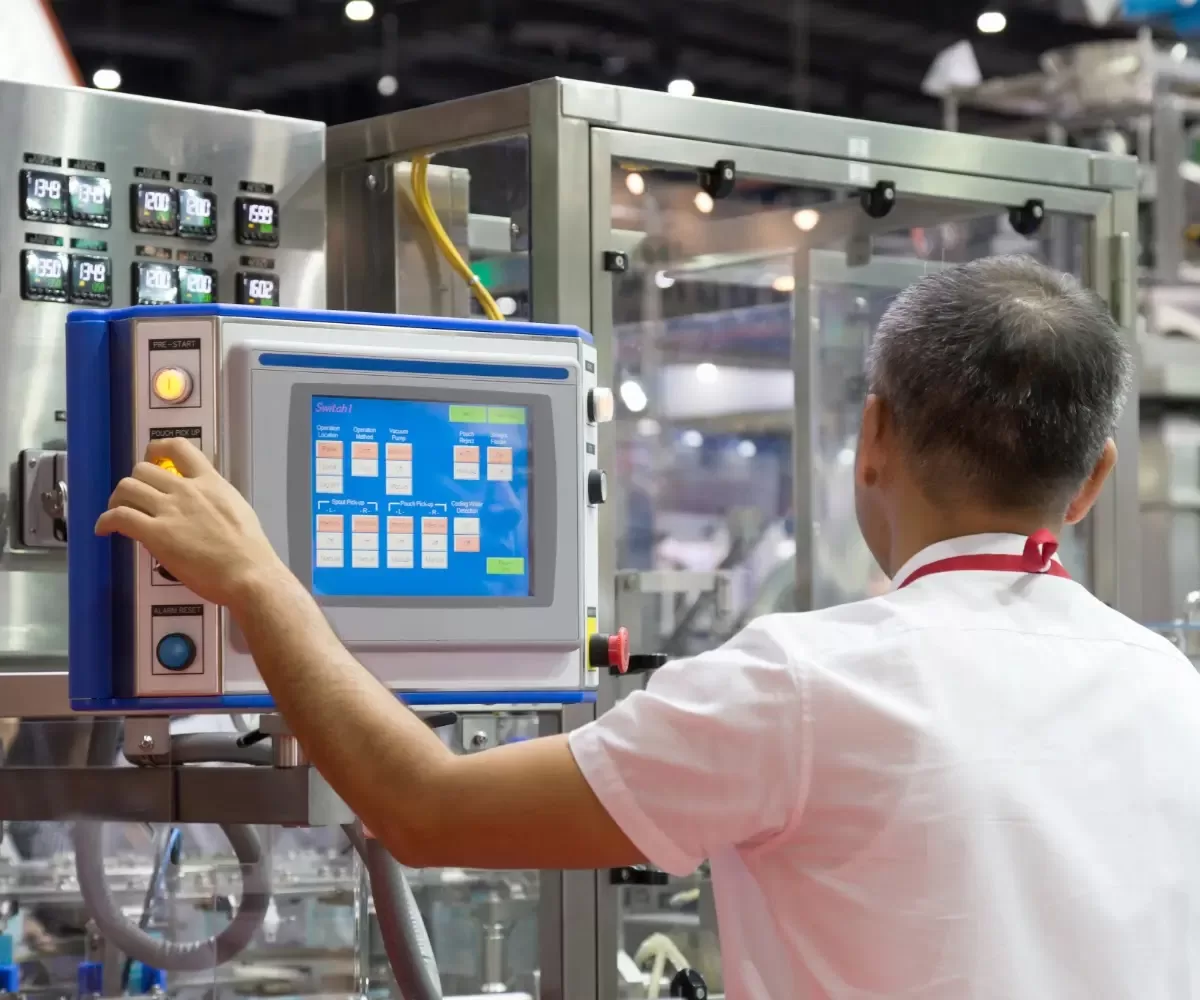
I often think about a project we did for a steel wire producer in a particularly humid part of Southeast Asia. They were on their third packing line from another supplier in ten years. The machines just kept failing. When we visited their site, we noticed that all the machine frames were built from C-channel steel with the open side facing up. Every one of them was a perfect gutter, collecting oily, moist dust that sat there and slowly ate away at the metal. It was such a basic design flaw, but it had cost them hundreds of thousands of dollars. It taught me that sometimes the smartest solutions are the simplest.
Smart Design: The First Line of Defense
Before we even think about adding complex systems, we focus on intelligent mechanical design.
- Designing for Drainage: This is a core principle. We use angled surfaces and round or boxed tubing instead of open C-channel wherever possible. On any flat surface or frame member where water could potentially collect, we add strategically placed drain holes. The goal is simple: give water and moisture no place to rest.
- Eliminating Moisture Traps: We look for any areas where two metal surfaces meet, as these are prime spots for capillary action to draw in and trap moisture. We design components to have minimal contact points or use sealants in unavoidable metal-to-metal joints.
- Material Separation: We avoid direct contact between dissimilar metals, like putting an aluminum bracket on a stainless steel frame. This can cause galvanic corrosion, where one metal rapidly sacrifices itself to the other. We use plastic or rubber insulators to break this electrical connection.
Active Climate Control: Changing the Air
When passive design isn't enough, we take control of the air itself. This is especially important for the most sensitive electronics.
- Cabinet-Level Control: As mentioned before, anti-condensation heaters are a must. For larger control panels or those with heat-sensitive drives (VFDs), a small panel air conditioner is a fantastic investment. It keeps the electronics cool and, more importantly, dry, creating a perfect operating environment regardless of what's happening outside the cabinet.
- Area-Level Control: For the ultimate in protection, we sometimes recommend controlling the climate of the entire room where the packing line operates. An industrial dehumidification system can maintain the relative humidity of the entire space at a safe level (e.g., below 50%). This protects not just our packing line but all other equipment in the area. While the upfront investment (CAPEX) is higher, it drastically reduces long-term maintenance costs (OPEX) and improves the lifespan of everything in the room.
| Control Strategy | Effectiveness | Upfront Cost (CAPEX) | Operating Cost (OPEX) | Best For |
|---|---|---|---|---|
| Smart Passive Design | Good (Baseline) | Low | None | Mandatory for all equipment in tropical regions. |
| Cabinet Heaters | High (for electronics) | Low | Very Low | All electrical and control cabinets. |
| Cabinet A/C | Excellent (for electronics) | Medium | Low-Medium | Large panels with VFDs or other heat-generating components. |
| Area Dehumidification | Excellent (for entire area) | High | Medium | Mission-critical lines or facilities with multiple sensitive assets. |
My Insight: Why is a Partnership Approach More Important Than Just Buying a Machine in Indonesia?
You have a major capital project. You need a new packing line. The standard process begins: you send out tenders, collect quotes, and your purchasing department compares the features and, most importantly, the price. You select the vendor who ticks the boxes at the lowest cost. The machine arrives, it's installed, and the transaction is complete. But a year down the line, when a unique problem arises due to the local climate, your calls for support are met with slow responses. The spare part you need is a custom configuration, and it will take weeks to get. You feel isolated, left to solve a problem you paid someone else to prevent. The initial cost savings now seem trivial compared to the cost of downtime and frustration. The mistake wasn't in buying a machine; it was in thinking the transaction was the solution.
In a challenging market like Indonesia, a partnership is far more valuable than a simple purchase because long-term success depends on continuous, shared knowledge. A true partner doesn't just sell you a machine; they invest their expertise in your specific operational context. They help you select the right machine, train your team to maintain it in a harsh climate, develop a strategic spare parts plan tailored to local risks, and work with you to adapt and upgrade the line over its entire lifecycle. They don't just deliver a product; they deliver a sustainable solution and share in the responsibility for its success.
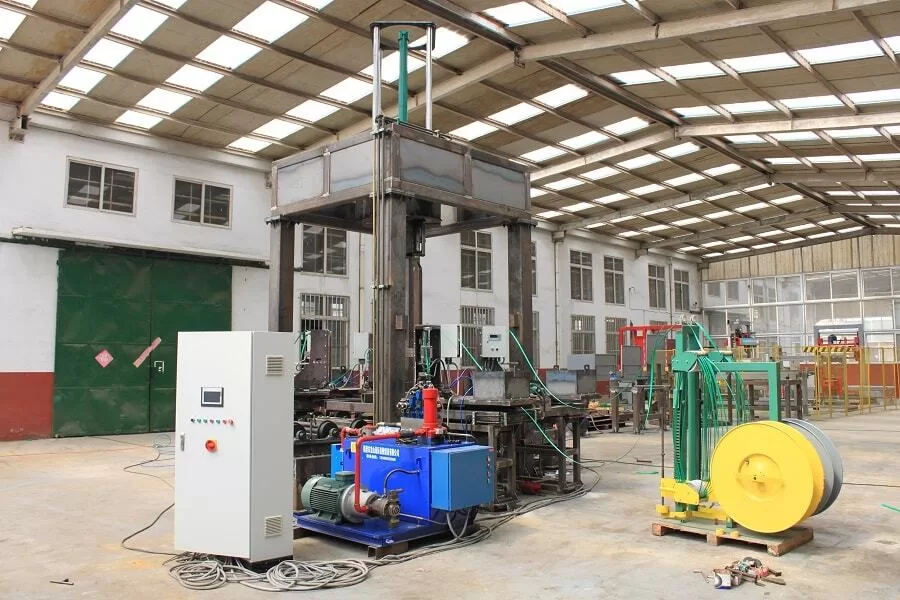
When I started SHJLPACK, my goal was to build a company that reflected the lessons I’d learned throughout my career. I was once an engineer on the factory floor, and I know the frustration of dealing with equipment from a supplier who disappears after the check is cashed. Now, having built my own factory and helped many clients grow their businesses, I see things differently. My success is tied to my clients' success. If their packing line fails, I have failed. This philosophy is most critical in demanding environments like Indonesia.
A Partner Understands the Local Reality
A good supplier can read a spec sheet. A great partner understands the context behind it. They know that "humidity in Indonesia" isn't a single value; it varies by region and season. They understand the logistical challenges of getting spare parts to a remote factory, the potential for voltage fluctuations in the local power grid, and the typical skill level of local maintenance teams. I remember working with a client in Sumatra. Their challenge wasn't just humidity; it was also the fine, abrasive dust from a nearby plantation. Our solution included not only IP65 cabinets but also special filters on all air intakes and abrasion-resistant steel for the conveyor rollers. This level of detail doesn't come from a catalog; it comes from experience and a collaborative approach.
Training Is About a Mindset, Not Just a Manual
A partner knows that handing over a 300-page manual is not training. For a tropical-ready line, training must focus on preventive maintenance specific to the climate. We work with the client's team to build a proactive maintenance culture. We show them why it's critical to check the desiccant in the air dryer weekly. We explain how to inspect cabinet seals for degradation. We create simple, visual checklists for daily, weekly, and monthly tasks focused on combating corrosion and moisture ingress. The goal is to empower their team to be the machine's first line of defense.
A Shared Strategy for Spares and Support
Downtime is the enemy. A partner helps you defeat it strategically. We don't just give you a long list of recommended spare parts. We work with you to create a tiered inventory.
- Tier 1 (On-Site): Critical, low-cost components that can shut down the line and are most susceptible to humidity, like specific sensors, fuses, and sealing gaskets. These must be on your shelf.
- Tier 2 (Partner's Local Stock): More expensive components like a specific motor or PLC card. A good partner will have these available at a regional service center for quick dispatch.
- Tier 3 (Factory Stock): Major, rarely-failing components like the main gearmotor. These can be held at our factory.
This shared approach minimizes your inventory costs while ensuring you have what you need, when you need it. This is what a strategic partnership looks like. It’s a commitment that extends far beyond the warranty period.
Conclusion
Success in Indonesia requires more than a machine; it demands a comprehensive strategy. It’s about robust materials, smart design, climate control, and a true partnership for long-term operational excellence.





